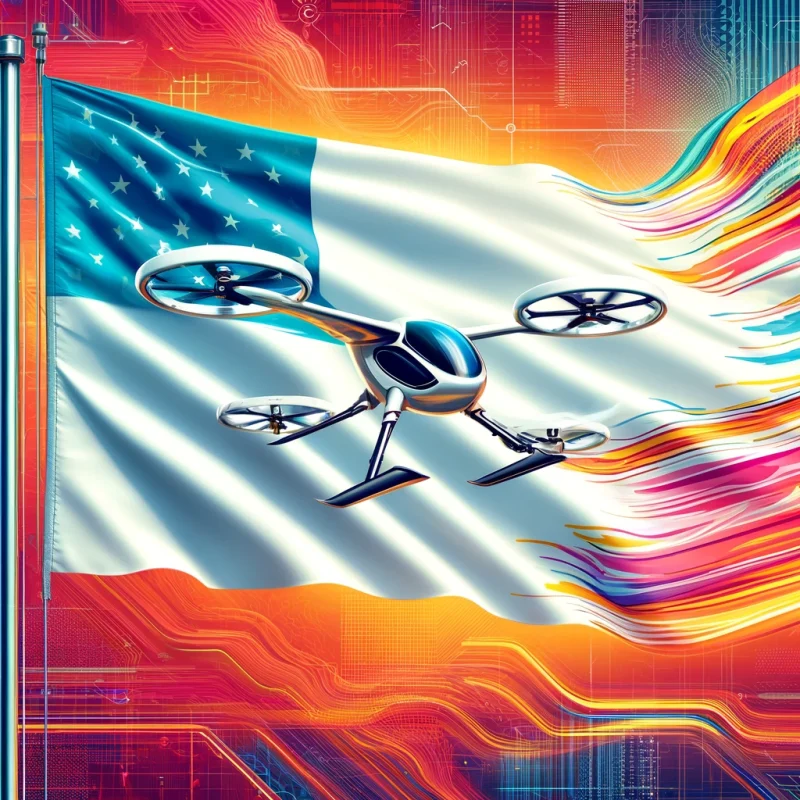In the burgeoning era of urban air mobility (UAM), the European Union stands at the forefront of establishing a regulatory framework for air taxis, electric vertical takeoff and landing vehicles (eVTOLs), and flying cars. The core of these regulations revolves around safety, environmental sustainability, and seamless integration into existing urban infrastructures.
Crisalion Mobility’s innovative eVTOL aircraft design solves a critical challenge in the field of electric vertical take-off and landing vehicles (eVTOL), offering a ground-breaking solution to improve in-flight balance. As the future of urban and possibly inter-city transportation evolves, eVTOL aircraft could become a major component and serve as air taxis.
Electric Vertical Take-Off and Landing (eVTOL) aircraft are on the brink of revolutionizing urban mobility by offering a sustainable alternative to ground transportation in congested cities. However, despite their potential to redefine urban air mobility (UAM), the operational costs of eVTOLs present significant challenges that must be addressed to ensure their commercial viability and widespread adoption. Understanding these costs and exploring strategies for their mitigation is crucial for stakeholders across the aviation industry.
In the rapidly evolving landscape of urban air mobility (UAM), the dream of skies bustling with electric vertical takeoff and landing (eVTOL) vehicles, drones, and flying cars is inching closer to reality. Yet, as we navigate toward this futuristic vista, a complex web of interoperability challenges emerges, raising pivotal questions about the seamless integration of these varied air vehicles.
The rise of electric vertical take-off and landing vehicles (eVTOLs) and flying cars is not only reshaping the skies, but also forcing countries to rethink airspace management. The vision of a single air mobility vision is ambitious, with sleek, quiet planes flying passengers across urban landscapes. But the reality relies on complex, collaborative efforts to ensure that these technologies are seamlessly integrated into the skies without creating a cacophony of regulatory disputes in the air.
As the era of electric vertical take-off and landing vehicles (eVTOLs) and flying cars approaches, the cybersecurity of these advanced modes of transportation has become a paramount concern. With their reliance on digital technologies for navigation, control, and communication, ensuring the cybersecurity of eVTOLs and flying cars involves addressing unique challenges that stem from their innovative nature and the environments they will operate in.







